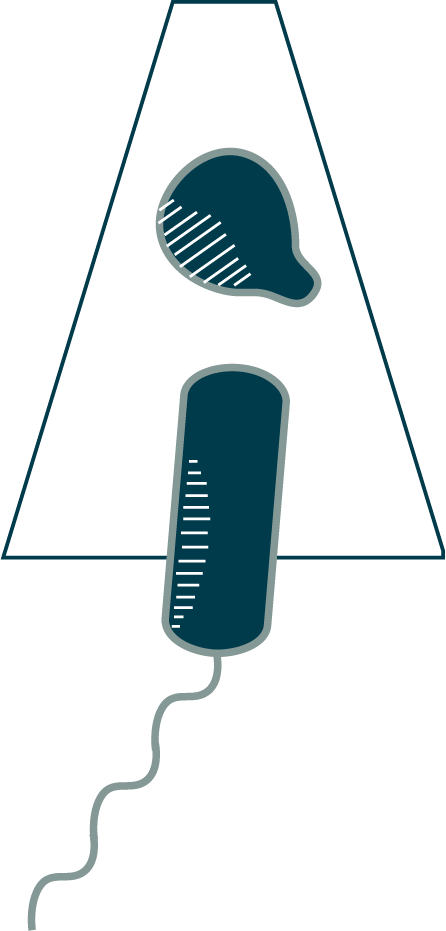

Once inside its host, Bdellovibrio bacteriovorus has the leisure to grow and replicate. From its position in the periplasm, the B. bacteriovorus cell proceeds to digest the contents of the host cytoplasm, which shrinks down to a dense ball of material. This meal provides the fuel necessary for the B. bacteriovorus to grow to several times its original length and undergo a synchronous division to produce several (usually between 2 and 7) daughters. The number of progeny depends on the size of the host cell: two in the case of this relatively small Vibrio cholerae. The progeny, reset to the attack phase (note the condensed nucleoids), finally lyse what is left of the host to swim off in search of their next victims.